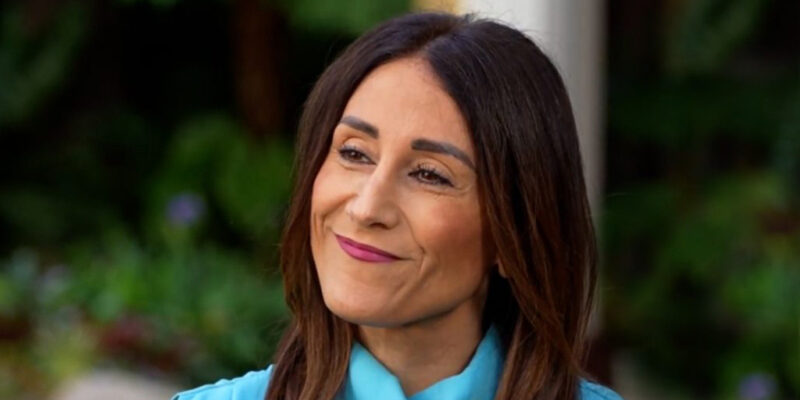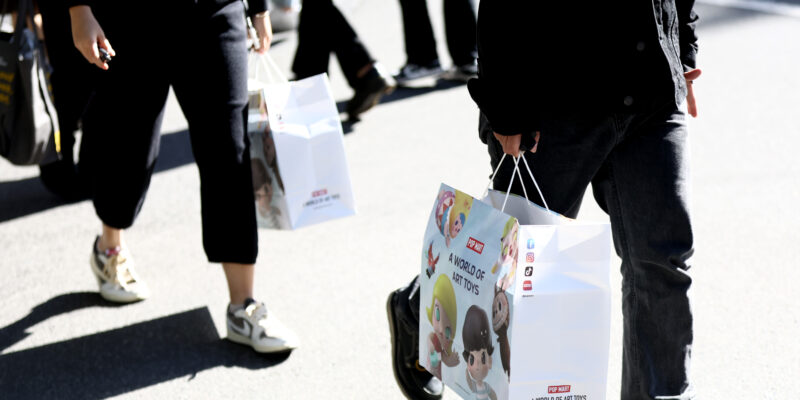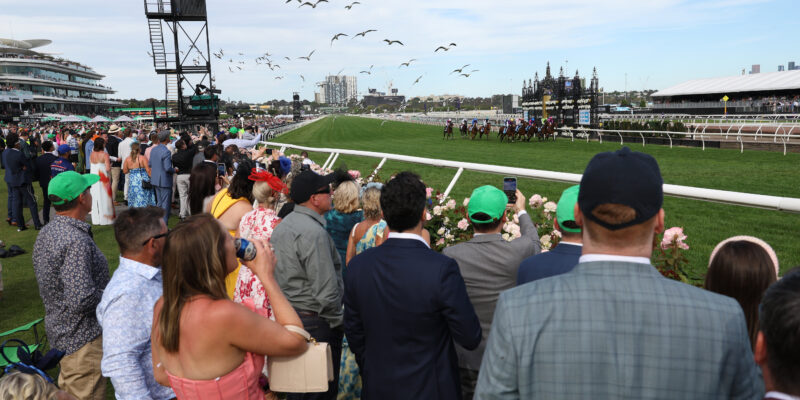Queensland property soars more than 60 per cent over five years
Prices for houses climbed from $490,000 in March 2020 to $790,000, with unit prices jumping from $385,000 to $640,000, a 66.23 per cent increase.

QUEENSLAND property values have surged by 60 per cent-plus since the onset of the COVID-19 pandemic, according to new data.
The Real Estate Institute of Queensland (REIQ) highlighted the jump in its latest quarterly report for March 2025 which shows both house and units have gone through the roof.
Prices for houses in the sunshine state climbed from $490,000 in March 2020 to $790,000 — a rise of 61.22 per cent.
Unit prices have followed a similar trajectory, jumping from $385,000 to $640,000, a 66.23 per cent increase.
“This has been an incredibly steep growth trajectory, but it does go to show what difference a handful of years can make when it comes to getting your foot on the property ladder,” REIQ CEO Antonia Mercorella said.
The past five years have seen regional areas emerge as growth leaders, with house prices in Bundaberg doubling, and Ipswich rising by nearly 97 per cent.

For units, Logan and Ipswich recorded triple-digit growth of 119.65 per cent and 103.75 per cent respectively.
“This strong growth in traditionally slower-moving markets is a sign of Queensland’s expanding demand footprint and deeper decentralisation,” Ms Mercorella said.
Brisbane’s house prices have jumped by 72.86 per cent over the period, now reaching $1.21 million.
“Surprisingly, that rate doesn’t even make the podium finish for growth,” she said.
The growth coincides with Brisbane’s selection as host of the 2032 Olympic Games, which Ms Mercorella said helped build long-term confidence in the capital and surrounding regions.
She noted the market’s resilience despite five years of economic turbulence, interest rate rises, and policy changes.
“Our capital city’s dwelling value even overtaking Melbourne to become the nation’s second most expensive market,” she said.
However, she also warned of worsening affordability.
“The pace at which prices have raced away has left many prospective buyers feeling left behind and locked out.”
She called for urgent policy reforms to boost housing supply, saying: “Any attempt to improve affordability without significantly increasing housing stock is doomed to fall short.”
Queensland’s population continues to grow faster than the national average, but construction remains well behind target.
“We need to pull every supply lever available — not just for this generation, but for the next,” she said.






